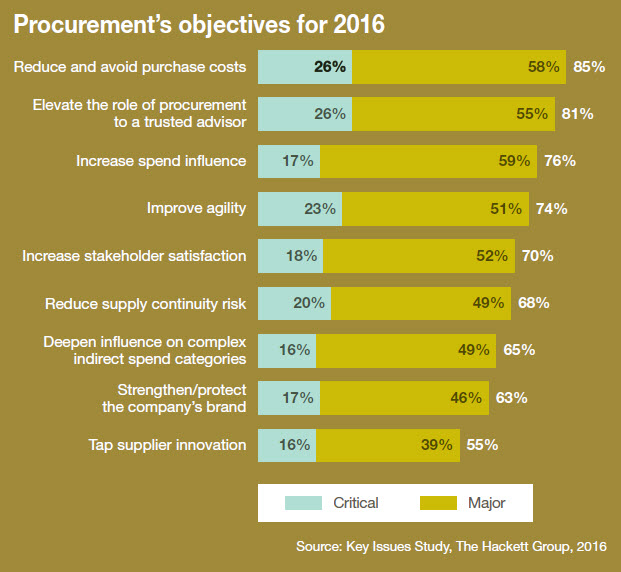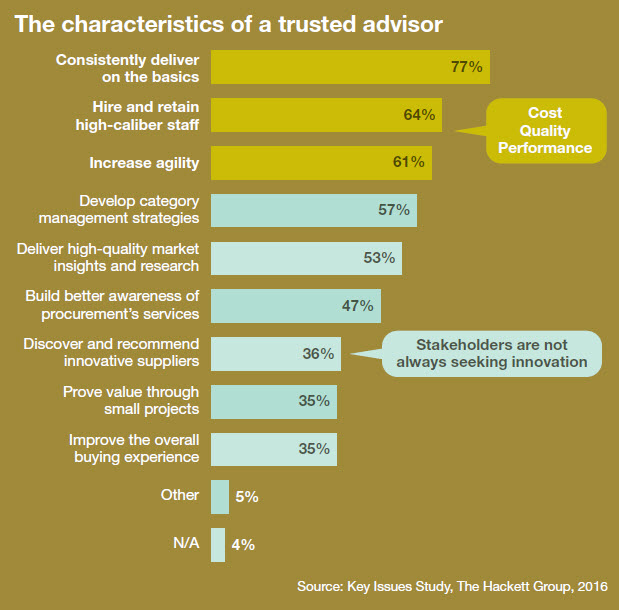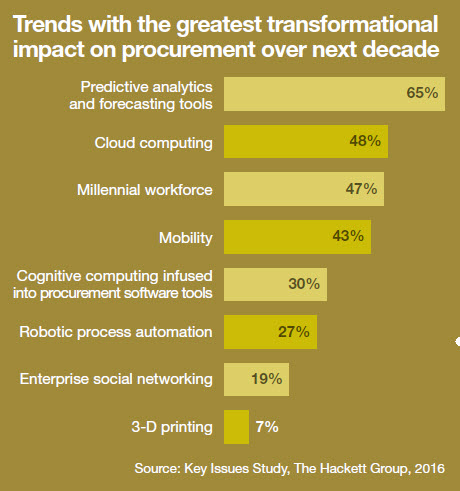Strategic Transportation Sourcing: 5 tips to improve your position
With the complex economic and global trade environment pushing rates higher and capacity tighter, shippers and their procurement teams are under pressure to nail down the right suppliers and transportation partners—while squeezing as much value as possible out of their transportation network.
With the complex economic and global trade environment pushing rates higher and capacity tighter, shippers and their procurement teams are under pressure to nail down the right suppliers and transportation partners—while squeezing as much value as possible out of their transportation network.
Today, freight transportation management is more than just about price. But how do shippers put together a transportation and supplier sourcing strategy that will earn them the capacity that they need at a price that works for all parties involved?
Of course, a state-of-the-art sourcing solution for all modes of transportation has never been a more difficult proposition. Transportation sourcing, including carrier contract negotiations, is a complex, large-scale function, and often not well supported by a transportation management systems (TMS) or enterprise resource planning (ERP) suite.
To add to the complexity, logistics procurement strate¬gies also vary by transportation mode, whether truckload (TL) sourcing, less-than-truckload (LTL) sourcing, ocean sourcing, airfreight sourcing, or multi-modal transportation procurement. In the meantime, transportation buyers need to look at both price and non-price bid information from carriers in order to make the best possible and lowest risk decision.
Fortunately, over the past year, several industry analysts and thought leaders have developed strategic transportation sourcing tips designed to develop collaborative solutions. Ideally, sourcing, in general, provides the policies, guidelines and processes for operative sourcing and purchasing—but there’s more to it than that. So, what’s so strategic about transportation sourcing?
Tip 1: Install the desire to improve
According to Jurgen Anke, a logistics and research analyst based in Dresden, Germany, logistics managers must first have the desire to cut overall spending, reduce dependency on suppliers with high bargaining power, and improve security of supply with their transportation partners.
“To get a handle on this, you have to look at your suppliers, the goods and transportation services you buy, as well as the purchasing organization and its controlling factors,” says Anke.
The elements required to make this happen are a clear spending analysis (who spends how much on what?); a firm understanding of your supplier management (from whom do I buy what?); and the details behind your contract management (which framework contracts do I have, and when do they expire?).
To manage these elements, logistics managers must develop strategies related to local and domestic sourcing while weighing the risks and advantages of global sourcing. This may mean balancing single sourcing rather than multiple sourcing; or it can also mean choosing just-in-time sourcing over a case-by-case stock procurement strategy.
“It’s important to find the right mix of price, security and dependency related to the importance and spending on a certain good or transportation service,” says Anke. “Finding the right suppliers can then be supported with approaches like reverse auctioning.”
Tip 2: Reverse it…maybe
In its basic form, a reverse auction is an online, real-time, dynamic auction between a buying organization and a group of pre-qualified suppliers who compete against each other to win the business.
According to analysts at CAPS Research, a supply chain and procurement advisory firm, these suppliers compete by bidding against each other by submitting successively lower priced bids during a scheduled time period—usually only about an hour, however multiple extensions are allowed if bidders are still active at the end of the initial time period.

The process is facilitated both by a number of converging internal and external developments and forces, including widespread ability for buyers and suppliers to economically communicate in real time as well as the development of user-friendly, Internet-based software systems to support worldwide reverse auction events that are either hosted by a third party or designed to be run by the buying company.
The birth and acceptance of reverse auction tools has not been without controversy, however. For some, the reverse process is contradictory to the long-term benefits associated with collaborative and cooperative buyer-supplier alliances.

“While reverse auctions might be a useful tool for the strategic transportation sourcing process in some situations, it’s too often used in lieu of negotiations management techniques,” says Robert Rudzki, a former senior vice president and chief procurement officer who is now president of Greybeard Advisors, a leading provider of advisory services for procurement transformation.
According to Rudzki, strategic sourcing has the capability to make an impact on the four drivers of return on invested capital (ROIC) and cash flow. “Those drivers are revenue, cost, working capital, and capital expenditures,” says Rudzki. “When we work on all four of those things simultaneously, we can have a huge impact on the ROIC of the company. The problem is that most procurement departments are responsible for a relatively small slice of the pie.”
His argument is that procurement should be involved in all areas, including revenue activities that can enhance a supply chain’s responsiveness to customers, especially in transportation. “What we’re really talking about is transforming procurement from a paper-pushing, back office function to a strategic value creator,” Rudzki adds.
Tip 3: Become a “trusted advisor”
For analysts at The Hackett Group, a strategic supply chain consultancy based in Chicago, the ultimate measure of procurement’s performance is its ability to support the company’s strategic sourcing and overall business strategy. They add that procurement specialists must become trusted advisors to corporate management.
“This will require some procurement orga¬nizations to make far more than incremental improvements,” says Patrick Connaughton, Hackett’s senior research director. “As procurement’s operating budget is expected to grow by just 1.1% this year, it can afford to fund only a select few of its highest-priority initiatives.”
According to The Hackett Group’s “2016 Key Issues Study,” virtually all companies will be facing economic headwinds and other challenges in 2016. Finding new sources of revenue growth remains difficult, resulting in pressure to protect margins through cost control—especially in transportation.
“This in turn is straining business services functions’ budgets,” says Christopher Sawchuk, Hackett’s principal and global procurement advisory practice leader. “Our study found that enterprise ‘cost takeout’ is the most prevalent initiative on the business agenda, but all the priorities identified can be viewed as defensively-oriented. To support the enterprise agenda, procurement functions must continue to increase their own efficiency, upgrade their talent, become more agile, and ensure that their strategy is in line with that of the company as a whole.”
Against this backdrop, the study findings reveal a change in procurement’s priorities from last year, when elevating its role to a trusted advisor was top-ranked. In 2016, reducing purchase costs placed slightly higher on the list. Balancing these sometimes conflicting goals will be difficult this year, add analysts.
Elevating the role of procurement to that of a “trusted advisor” is not an easy, Sawchuk admits. They note that attaining this position is dependent on a new type of tal¬ent: one comfortable with technology, able to speak the language of the business, and politically adept enough to navigate complex organizations in order to drive change.
“Exceptionally-trusted advisors are not always the ones bringing the most innovative or transformational solutions to the table,” says Sawchuk. “In fact, when asked to name the most important characteristic of a trusted advisor, 77% of respondents chose ‘consistently delivering on the basics.’”
Tip 4: Consider Big Data
When asked to identify the trend with the greatest potential impact on the way procurement does it job over the next decade, the majority of the Hackett Group study participants chose predictive analytics or forecasting.
Analysts observe that as procurement’s role matures in transportation management from transactional facilitator to trusted business advisor, proficiency with the next generation of analytics—Big Data—will be a key enabler. Big Data may also add significant value when it comes to customer analytics, bringing more agility to model massive volumes of structured and unstructured data from multiple sources.
However, Donna Wilcek, vice president of product marketing for Coupa, a cloud-based spend management software company, notes that this information overload can be overwhelming. “Everyone from the CFO on down the command in the supply chain should have access to this transparency, so that risk is mitigated and costs are contained,” she says.
In fact, Coupa’s recent whitepaper, “Understanding the Sourcing Organization Maturity Model,” posits that “immature” models may not have much of a process for project planning at all—since sourcing projects are handled on an ad hoc basis.
“As sourcing organizations move up the maturity ladder, projects are managed centrally but still may not be planned upfront,” says Andy Chiang, director of product management at Coupa. Further up the ladder, he adds, transportation sourcing projects are often strategically planned out and results are reported to the CEO.

“Another aspect of sourcing maturity is the process for executing sourcing projects and when it’s used,” Chiang adds. “Often companies in the early stages of development don’t even have a standard sourcing process defined. As companies mature they establish a standard strategic sourcing process.”
Tip 5: Incorporate TCO
Meanwhile, companies at the strategic stage of development are incorporating total cost of ownership (TCO) and other key risk factors into the sourcing process in order to effectively evaluate their supply base.
The best-in-class sourcing organizations also have a standard set of key performance indicators (KPIs) that include things like savings goals and spend under management, which are continuously updated and reported and drive action from both the buyer and the supplier.
According to Andrew Bartolini, chief research officer of Ardent Partners, a Boston-based strategic sourcing consultancy, the goal for best-in-class organizations is to achieve 95% spend classified with 95% accuracy. And the only way to achieve this is to employ technology.
“Technology is the underpinning that supports the process and people so that the organization can become best-in-class,” says Bartolini. “Without solid technology, sourcing organizations can only hope to reach the ‘reactive’ stage of development. If you’re doing offline sourcing today, then you have to strip out the word ‘strategic.’”












